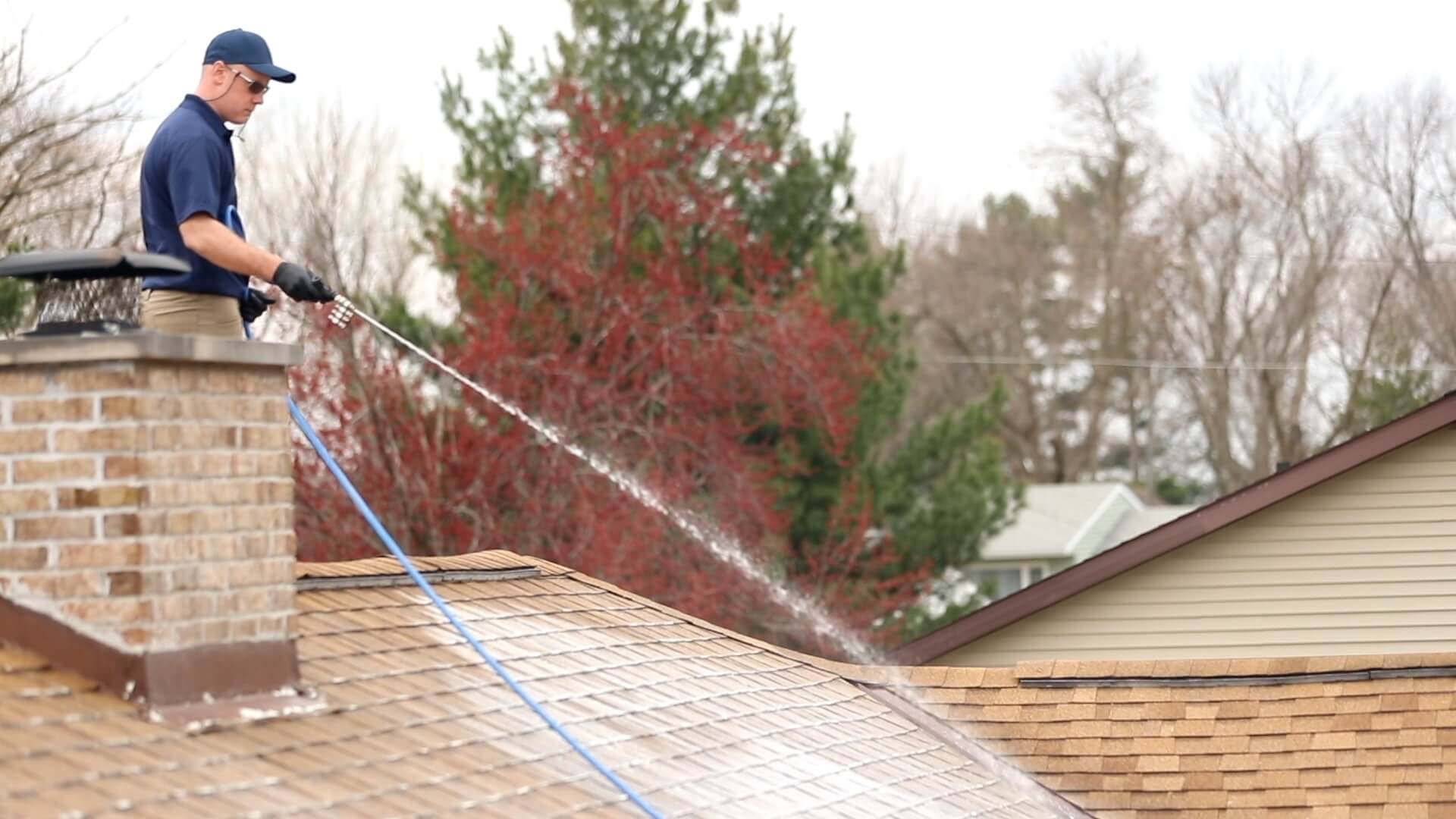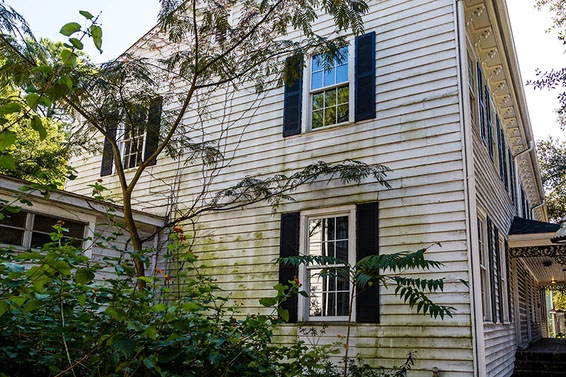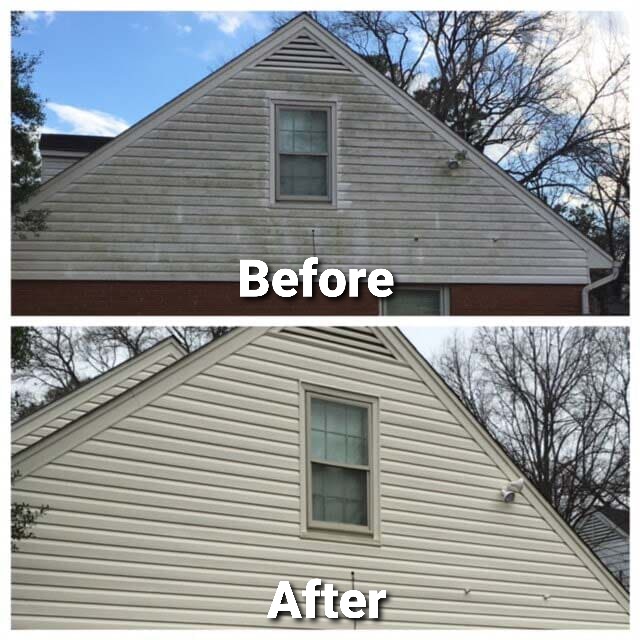How can I keep my roof lasting as long as possible? Here’s an article from ARMA, the American Roofing Manufacturers Association about how to keep your roof, once of your most costly investments in your home, lasting longer and stay one good looking roof!
“There are some steps that can be taken to discourage moss and algae growth:
Algae and moss growth on roofs, at a minimum, is an unsightly nuisance. Moss build-up can lead to roof damage or shingle blow-off if left unchecked. Keeping branches trimmed back from the roof and removing any debris that begins to accumulate should be part of a regular roof maintenance program. If moss or algae becomes visible, clean the roof with bleach and water mixture as described above [give us a call to keep everyone safe and take the best care of your roof] to prevent the spread to nearby roofs.”
· Trimming tree branches back to allow more sunlight to reach the roof and minimize debris accumulation will provide an environment less inviting for such growth
· Debris that does begin to accumulate on the roof should be cleared regularly with a leaf blower or similar, non-abrasive method as part of a regular maintenance program. [Did you know we also offer gutter cleaning services which always include cleaning out those valleys! Starting at only $198]
· Air flow should be directed down the slope to avoid driving debris under the edges of the shingles.
· Keep gutters clean to promote proper water drainage. Do not allow gutters from an upper roof to drain directly on a lower roof; extend the downspout from the upper roof into the lower gutter.
Other preventative measures —such as adding zinc or copper strips to prevent both algae and moss, or applying asphalt shingles that incorporate algae resistant copper granules —may be employed when it is time to replace a roof. Currently, there are asphalt shingles available that use algae resistance technology.
Adding zinc or copper strips to an existing roof is not recommended since this will require either applying the strips with exposed nails (which can cause leaks over time) or breaking the sealant bond (which may eventually result in wind damage) to slide the strips under the shingles.





